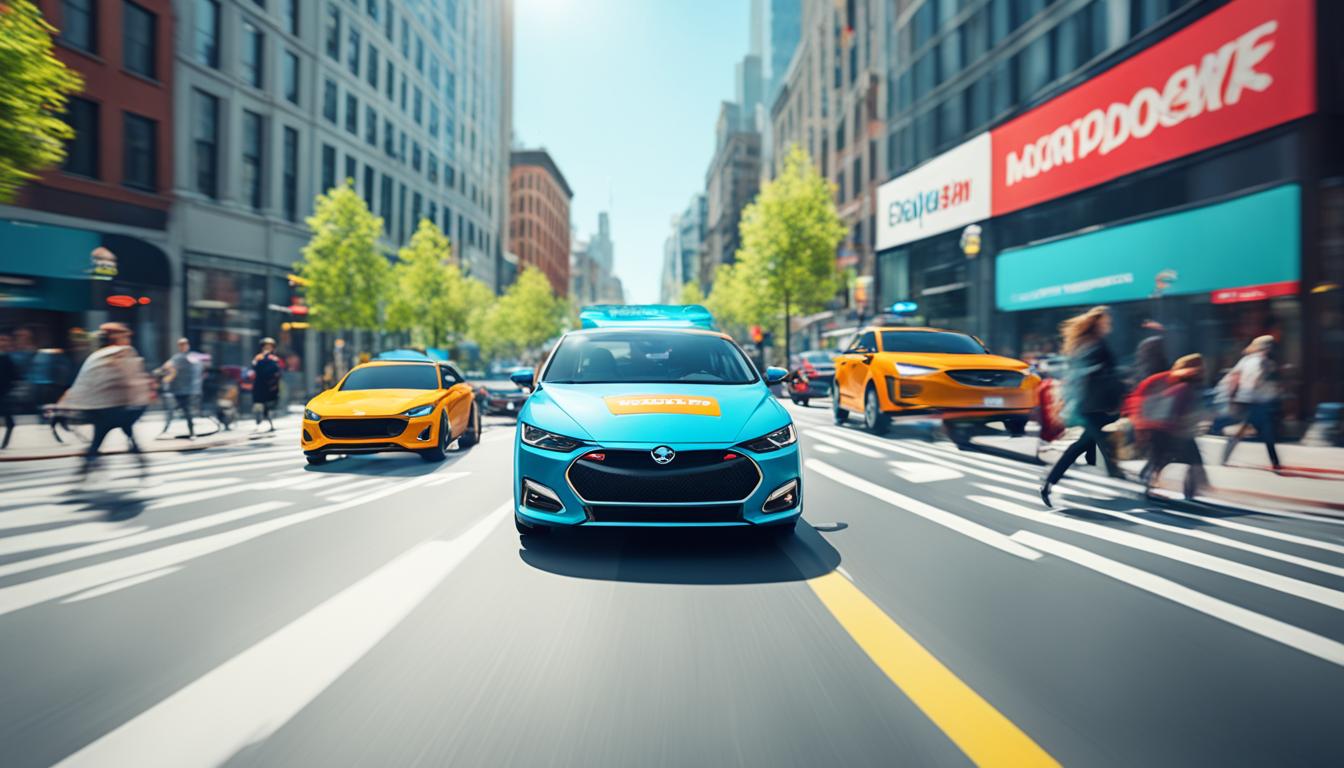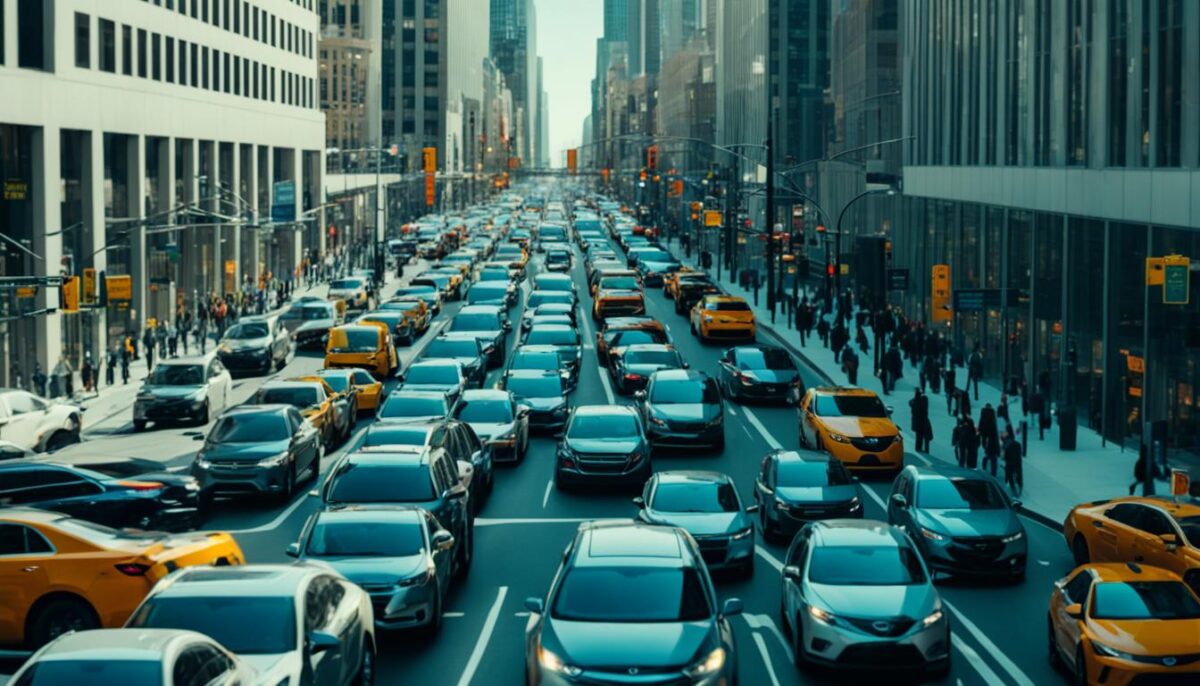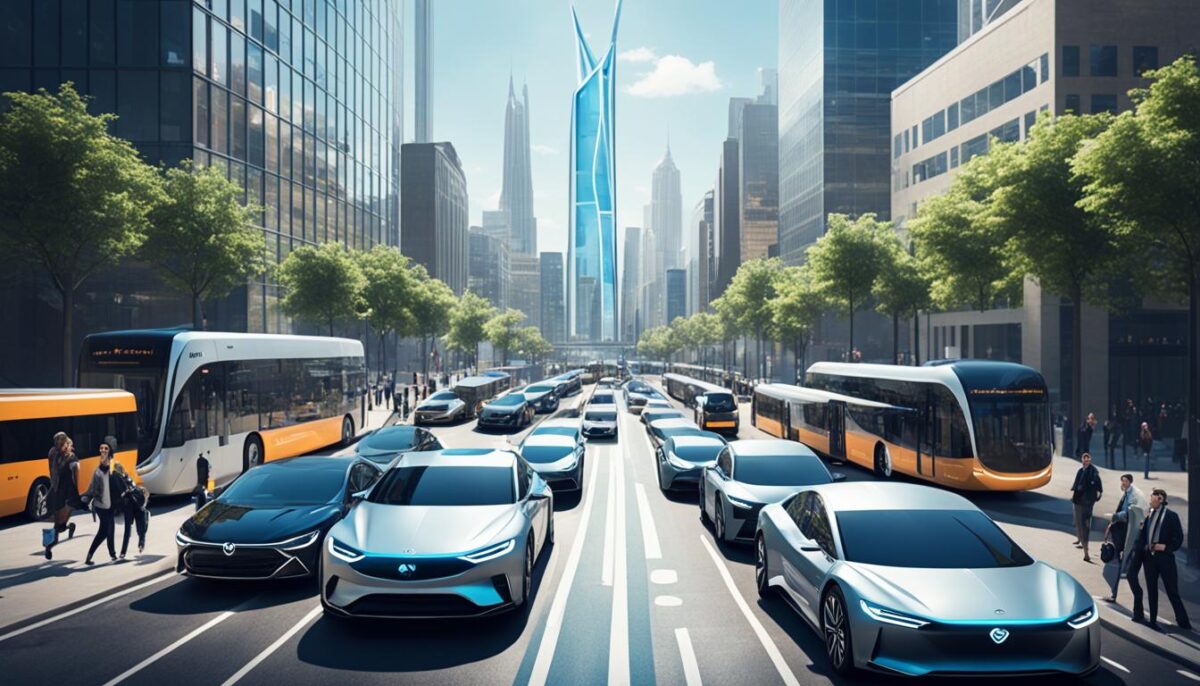How Move About Is Revolutionizing Urban Mobility: An Inside Look

At a time when our cities are facing unprecedented challenges related to urban mobility, we see a new hope on the horizon—Move About. This innovative company is redefining sustainable transportation, making city travel transformation more accessible and efficient for everyone. Recent studies, such as the “Urban Mobility Report 2022,” reveal alarming trends in traffic congestion and environmental impacts of traditional transportation methods. Together, let’s explore how Move About is tackling these issues head-on, shaping the future of urban mobility with cutting-edge technologies and community collaboration.
Understanding Urban Mobility Challenges
In our rapidly urbanizing world, understanding urban transportation challenges has become essential for fostering an efficient mobility framework. These challenges vary in complexity, primarily manifesting through issues such as traffic congestion, environmental implications, and the pressing necessity for sustainable mobility solutions. We explore these interconnected aspects to better comprehend their impact on city life.
The Impact of Traffic Congestion
Traffic congestion significantly burdens commuters and local economies. Studies indicate that the average commuter spends substantial amounts of time stuck in traffic, leading to lost productivity. Cities across the globe experience this common challenge, with urban areas often hit hardest due to their dense populations. Traffic congestion not only frustrates daily travelers but also contributes to heightened emissions and increased environmental impact, presenting a multifaceted challenge that requires urgent attention.
Environmental Effects of Traditional Transportation Methods
The reliance on traditional transportation methods has notable environmental effects. Gasoline and diesel-powered vehicles contribute significantly to greenhouse gas emissions, exacerbating climate change. According to the Environmental Protection Agency, transportation is one of the largest contributors to total greenhouse gas emissions. This trend raises alarms about air quality and public health, emphasizing the need for a shift toward cleaner alternatives.
The Need for Sustainable Solutions
Recognizing the urgency, many cities are now working towards sustainable mobility solutions. These initiatives aim to reduce traffic congestion and minimize the environmental impact of urban transportation. Strategies include expanding public transit options, promoting cycling and walking, and integrating emerging technologies like electric vehicles and shared mobility services. As we move forward, fostering dialogue and collaboration among stakeholders will be vital for cultivating these sustainable practices.

How Move About Is Revolutionizing Urban Mobility
At Move About, we are committed to reshaping urban mobility through the application of innovative technologies and by fostering strong relationships with local governments and community members. This dual approach allows us to tackle the multifaceted challenges of urban transportation effectively.
Innovative Technologies Driving Change
Our adoption of Move About technologies plays a crucial role in urban mobility innovation. We utilize AI-driven traffic management systems that optimize traffic flow and reduce congestion. These systems have demonstrated effectiveness in smart cities, leading to a smoother user experience. Moreover, the integration of electric vehicle infrastructure enables a seamless transition to greener modes of transportation, contributing to sustainability in urban environments.
To illustrate these advancements, the following table highlights different cities successfully implementing these technologies:
| City | Technology Implemented | Impact |
|---|---|---|
| Los Angeles | AI Traffic Management | Reduced average commute time by 20% |
| Amsterdam | Electric Vehicle Charging Stations | Increased EV usage by 30% |
| Singapore | Smart Traffic Signals | Improved traffic flow and reduced waiting times |
Collaboration with Local Governments and Communities
We recognize that urban mobility challenges require a collaborative effort. Our partnerships with local governments enhance policy alignment, making it easier to integrate move About technologies into existing infrastructures. This government collaboration streamlines regulatory processes, allowing for faster implementation of innovative solutions.
Community engagement is equally vital to our approach. By seeking feedback from residents, we ensure that transportation solutions are not only effective but also tailored to the specific needs of each community.

Benefits of Move About’s Approach to Urban Mobility
As we delve into the transformative benefits of Move About’s strategies, we recognize the extensive positive impacts on urban mobility. One of the key aspects of their approach is enhancing accessibility for all citizens. By implementing inclusive transportation strategies, we ensure that everyone, including individuals with disabilities and marginalized populations, can navigate our cities with ease. This commitment to accessibility not only fosters independence but also supports social inclusion, enabling all community members to participate fully in urban life.
Enhancing Accessibility for All Citizens
Through our initiatives, we aim to break down the barriers that often hinder urban mobility benefits. We collaborate with organizations that specialize in inclusive transportation, making sure our services cater to various needs. By prioritizing accessibility, Move About sets a powerful precedent for the future of urban mobility, emphasizing that transportation solutions must serve every member of our community without exception.
Reducing Carbon Footprint Through Green Initiatives
In addition to promoting accessibility, we are equally focused on carbon footprint reduction through our innovative green initiatives. By adopting a range of eco-friendly transportation options, we significantly reduce emissions associated with traditional urban transport. Our commitment to sustainability not only contributes to cleaner air but also inspires other cities to follow suit. As we implement these strategies, we hope to create a more sustainable future by showcasing the tangible impacts of our green initiatives and their role in shaping the urban transport landscape.
